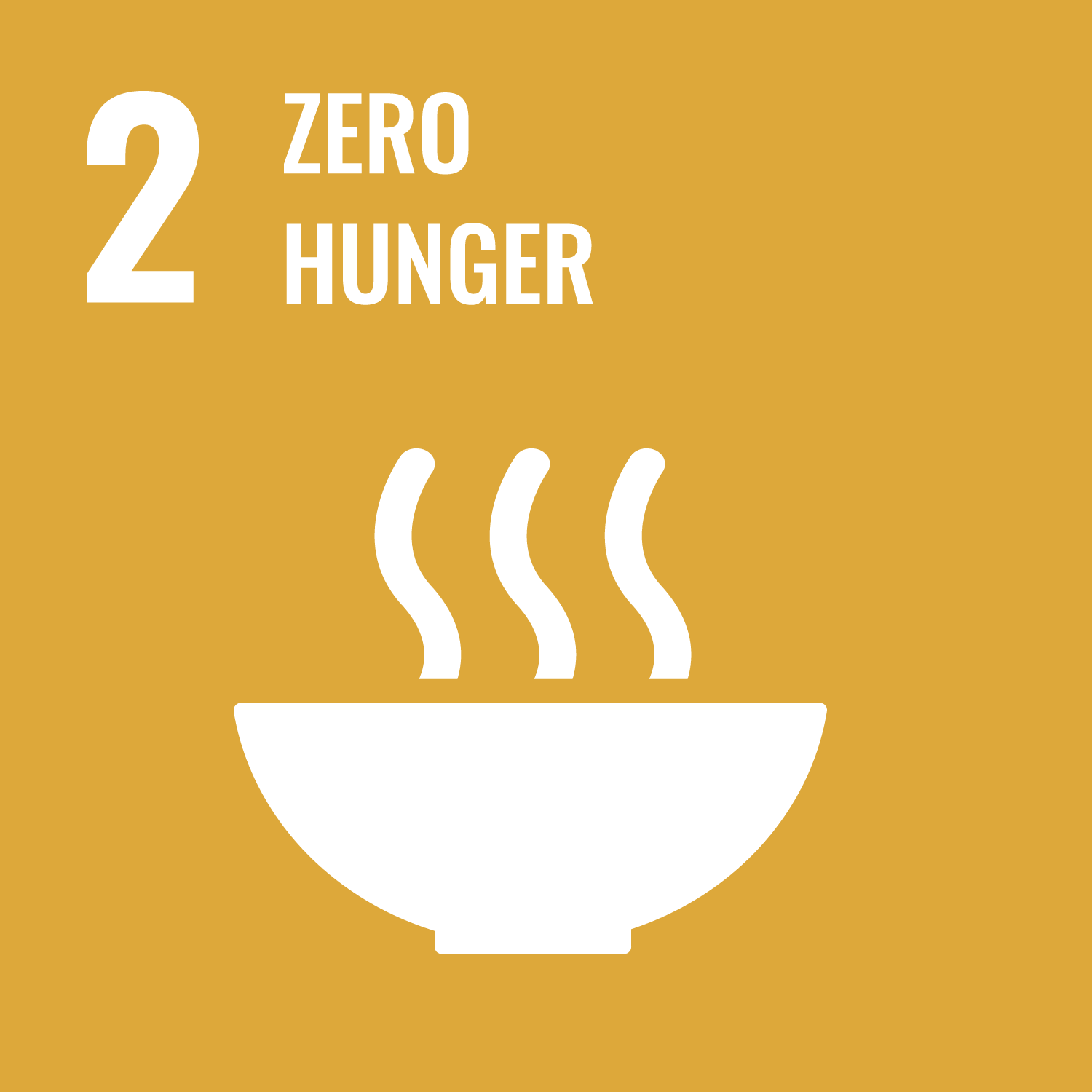Mshanga, N., Moore, S. orcid.org/0000-0002-0249-8645, Kassim, N. et al. (3 more authors) (2025) Prevalence and Factors Associated with Anaemia and Undernutrition Among Children Aged 6–24 Months in Rural Tanzania. International Journal of Environmental Research and Public Health, 22 (6). 962. ISSN 1661-7827
Abstract
Background: Anaemia and undernutrition remain a significant public health problem in low and middle-income countries (LMICs), particularly affecting under-five children. In Tanzania, the prevalence of anaemia and undernutrition in under-five children is still high; however, less is known about the prevalence and predictors of these conditions in rural areas. Therefore, the current cross-sectional study presents the prevalence and determinants of anaemia and undernutrition among 457 children aged 6–24 months in the Babati and Hanang districts of Tanzania. Method: Haemoglobin concentration was assessed through capillary blood samples. Anaemia was classified according to WHO 2011 guidelines using a cut-off of <11.0 g/dL for children under five, while the WHO 2006 growth indicators were used to classify the nutritional status (i.e., stunting, wasting and underweight). Results: The results from this study show that 32%, 32%, 20% and 4% of children aged 6–24 months were anaemic, stunted, underweight and wasted, respectively, while only 33% had an adequate minimum dietary diversity (MDD). In addition, the child’s age (13–24 months) was significantly associated with anaemia (AOR: 2.1 95% CI 1.4, 3.1), stunting (AOR:17.4 95% CI 10.3, 29.4) and underweight (AOR: 15.9 95% CI 7.9, 32.0). Moreover, male children were three times more likely to be wasted (AOR: 3.5 95% CI 1.1, 10.9) than their female counterparts. Anaemia and stunting were the most prevalent nutritional disorders among 6–24-month-old children in the Hanang and Babati districts. Moreover, age (13–24 months) was found to be the common predictor for anaemia, stunting and underweight. Conclusion: The observed association between age and anaemia, as well as undernutrition, suggest that age may be an essential factor when designing nutrition-related programs in similar rural settings.
Metadata
| Item Type: | Article |
|---|---|
| Authors/Creators: |
|
| Copyright, Publisher and Additional Information: | © 2025 by the authors. This is an open access article under the terms of the Creative Commons Attribution License (CC-BY 4.0), which permits unrestricted use, distribution and reproduction in any medium, provided the original work is properly cited. |
| Keywords: | Tanzania; 6–24 months old; anaemia; undernutrition |
| Dates: |
|
| Institution: | The University of Leeds |
| Academic Units: | The University of Leeds > Faculty of Environment (Leeds) > School of Food Science and Nutrition (Leeds) |
| Depositing User: | Symplectic Publications |
| Date Deposited: | 04 Jul 2025 10:04 |
| Last Modified: | 04 Jul 2025 10:04 |
| Status: | Published |
| Publisher: | MDPI |
| Identification Number: | 10.3390/ijerph22060962 |
| Related URLs: | |
| Sustainable Development Goals: | |
| Open Archives Initiative ID (OAI ID): | oai:eprints.whiterose.ac.uk:228659 |


 CORE (COnnecting REpositories)
CORE (COnnecting REpositories) CORE (COnnecting REpositories)
CORE (COnnecting REpositories)